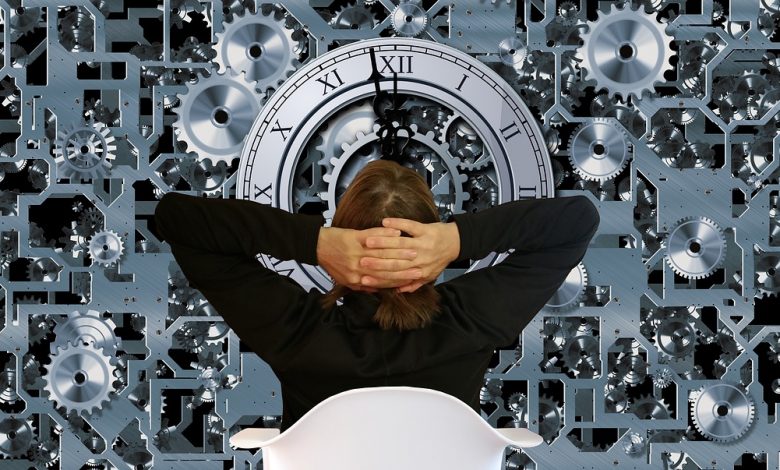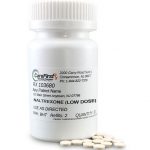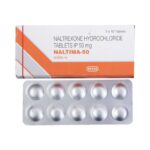How Long Does It Take For Low Dose Naltrexone (LDN) To Work?

What Is Low-Dose Naltrexone?
Naltrexone is an opiate antagonist that is taken orally to block opioid docking sites (receptors) on cells. It is approved by the U.S. Food and Drug Administration (FDA) for the treatment of addictions to opioids and alcohol.
Low Dose Naltrexone (LDN) is a competitive opioid receptor antagonist. At the standard dose, naltrexone blocks the effects of both endogenous opioids, which are endorphins, and pharmaceutical opioids. LDN is a pure antagonist, which is vital to know as a lot of people think it is a controlled medicine, narcotic, or opioid.
Naltrexone is used as an off-label treatment in low doses for several chronic immune-modulated disorders in many countries. There is a wide range of different conditions that can be treated with low-dose naltrexone, including any of the following:
• Autoimmune cardiomyopathy
• Diabetic myopathy
• Multiple sclerosis
• Eczema
• Psoriasis
• Cushing’s syndrome
• Crohn’s disease
• Hashimoto’s thyroiditis
• Diabetes mellitus type 1
• Hypothyroidism
• Celiac disease
• Inflammatory bowel disease
• Ulcerative colitis
• Hepatitis C
• Epstein Barr virus
• Vitiligo
• HIV
• Lyme disease
• Certain types of cancers
• Multiple myeloma
• Guillain-Barre syndrome
• Kawasaki’s disease
• Autism
• Anxiety disorders
• Lupus
• Post-traumatic stress disorder
• Emphysema
• POEMS syndrome
• Fibromyalgia
• Rheumatoid arthritis
• Vasculitis
• Endometriosis
• Infertility
• Polycystic ovary syndrome
• Traumatic brain injuries
How Does It Work?
Low Dose Naltrexone (LDN) works by boosting endorphins, the peptides produced in the brain and adrenal glands that relieve pain. It modulates the immune system and enhances the sense of well-being. Research has shown that when LDN is taken at bedtime, it attaches to opioid receptors, temporarily blocking endorphin attachment. This signals the body to increase endorphin production, which helps orchestrate the activity of stem cells, macrophages, and other immune cells. This leads researchers to believe that LDN may be critical in helping the body fight disease.
In these lower doses, LDN can bind to your brain’s endorphin receptors and last for up to six hours before wearing off.
How Long Does It Take For The Effects of Low Dose Naltrexone (LDN) To Kick In?
Low Dose Naltrexone (LDN) is rapidly and completely absorbed after oral administration, effects begin within 30 minutes. Peak plasma concentrations are reached within 1 hour of dosing. Naltrexone achieves therapeutic effectiveness rapidly following the initiation of oral dosing. Naltrexone has a half-life of 3.9-10.3 hours and a slow terminal elimination-phase half-life of 96 hours.
For most people, the effects of low-dose Naltrexone can be felt within two hours of taking the drug there is often a reduction in pain or other symptoms that have been plaguing the patient.
There is no set minimum or maximum time to take LDN. It may take a few days to a few weeks before the benefits of taking the drug begin, but this will depend on the individual, what is being treated, and how much is being taken, according to the National Institute of Health’s website.
So, if you are taking LDN for an autoimmune disease, such as multiple sclerosis or other conditions that create severe inflammation, it can take a month or longer before you experience any changes in your condition.
However, for those taking LDN for conditions like Crohn’s Disease, patients usually report that they start to feel better after just a few days. Fatigue is reported in some patients, but most report the resulting pain reduction after taking LDN is worth the mild tiredness it sometimes creates.
Safety and effectiveness
There has been a limited clinical study of low-dose naltrexone (LDN). Most of the studies completed have been small non-randomized controlled trials. Of the studies completed, many show LDN to be safe and easily tolerated but few show improvements to the disease process itself. Some studies have demonstrated an improvement in quality of life, particularly in pain and fatigue management. Because the evidence to support the effectiveness of LDN in treating most of the conditions is lacking, it is not considered a disease-modifying therapy. If you are interested in taking LDN, it is important for you to have a discussion with your healthcare provider that includes possible effectiveness, side effects, and risks.
Side effects and risks
Naltrexone can cause liver damage, but it is most often seen at high doses and not the low dose. Other side effects include nausea, vomiting, abdominal pain, decreased appetite, constipation, headache, fatigue, insomnia, dizziness, depression, and anxiety. Serious side effects that should be reported right away to a healthcare provider include confusion, hallucinations, blurred vision, and severe vomiting or diarrhea.





